+86 15093323284 hams@ailunce.com
The Difference Between Walkie Talkie and Mobile Phone Antennas
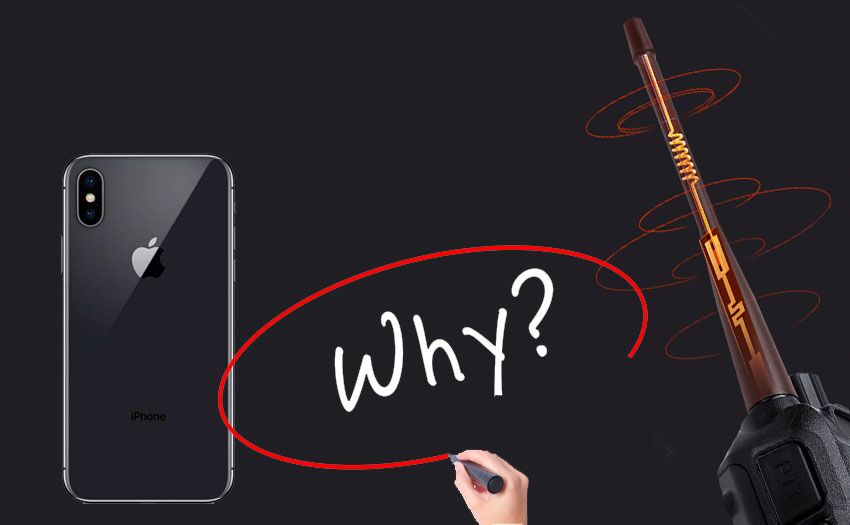
Why does the walkie-talkie have a long external antenna, and most of the mobile phones are built-in antennas?
Today we can discuss this topic from the following aspects.
First, the working frequency of the walkie-talkie is usually very low, ranging from tens of MHz to several hundred MHz. This is because most intercom systems do not have repeaters (or base stations) for low-cost and convenient deployment. The walkie talkie are basically point-to-point communication mode. The low working frequency band can overcome the influence of landform and buildings on communication quality. That is, the lower the frequency, the farther the propagation.
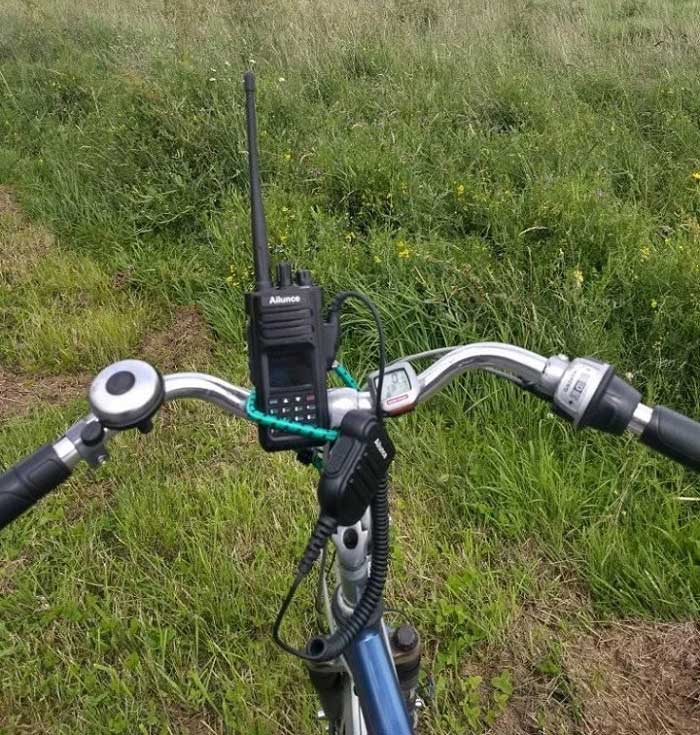
Second, because of the low frequency, the corresponding frequency wavelength will be longer. The wavelength is equal to the speed of light divided by the frequency. If the antenna can transmit the intercom signal as high energy as possible, it needs to be designed to "wavelength/2" size. You can find an example to calculate. Compared with mobile communication - mobile phones, if the frequency is ten times lower, the corresponding wavelength will be ten times higher and the antenna size will be larger.
Of course, it is impractical to properly design an antenna that meets the physical dimensions of the wavelength requirement. However, as far as possible, the "wavelength/2" size will still achieve better transmission and reception. One of the principles to be followed in engineering and electrical design.
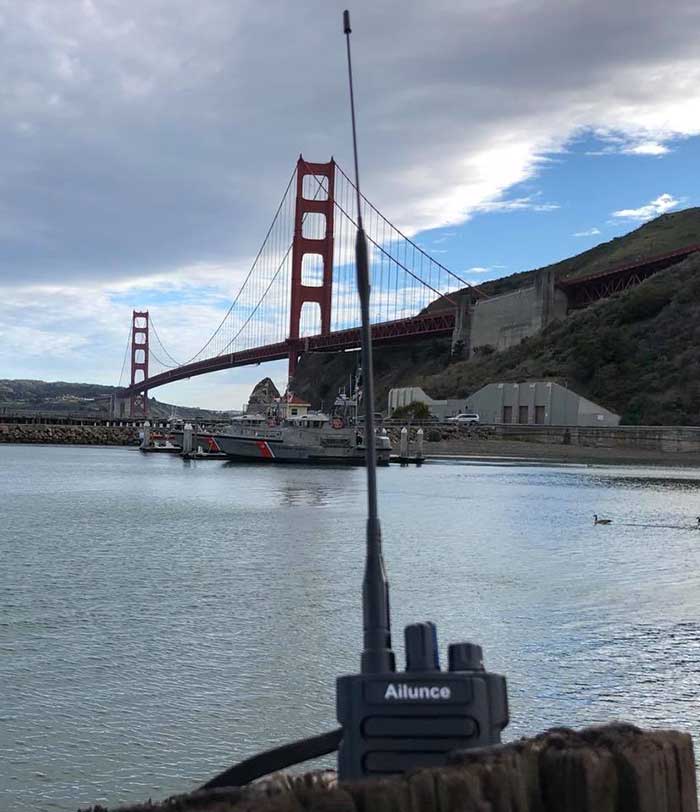
In addition, after all, the mobile phone is a consumer product. In addition to the size of the antenna, it is also necessary to consider the aesthetics and portability. This is inconsistent with the design goal of the walkie-talkie. Although the mobile phone does not have the early external antenna, it still remains inside. A lot of articles have been done to keep the effective size of the antenna as low as possible, such as microstrip antennas, inverted F injection molded patch antennas, and Apple's frame antennas. In contrast, the first principle of walkie-talkie design is good signal transmission and reception capability, and reliability, and the requirements for portability and aesthetics are relatively low. Large-sized raised antennas under such conditions are acceptable.
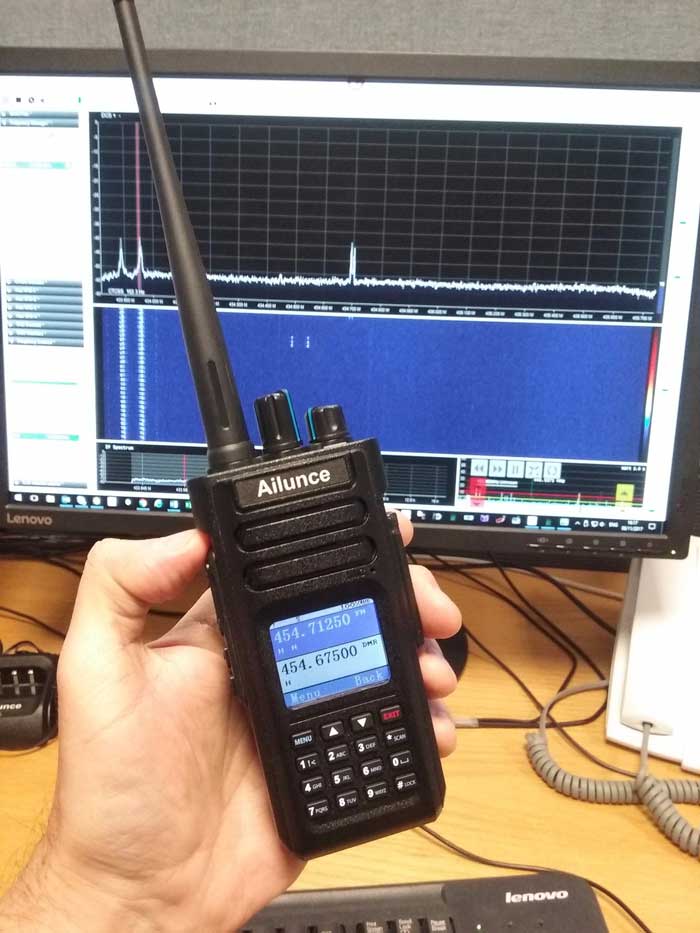
In the early days, mobile phones actually had antennas. I don't know if everyone has an impression.
The mobile phone relies on the base station to communicate, and it is not necessary or possible to implement long-distance communication without base station. At the same time, the mobile phone itself uses a high working frequency. The first generation analog mobile phone and the second generation digital mobile phone are about 800-900MHz, 1800MHz, and the third-generation mobile phone is above 2GHz. According to the most basic scientific law, the frequency is high and the wavelength is short, so the antenna required is short when receiving the signal. It was done outside in the early stage, and it was processed in the later stage for the sake of beauty.
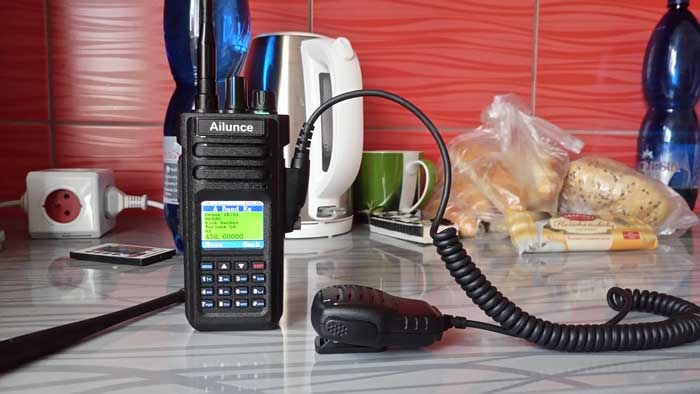
Any questions, welcome to leave messages here.











